The historic Typhoon Yagi of 2024 caused widespread disruption of internet and telephone lines. People were left "out of touch", unable to update information about the storm and flood situation, or call for help when needed.
The story of Typhoon Yagi reflects the reality of Internet infrastructure shortages during natural disasters; emphasizing the importance of a stable Internet network.
This requires Vietnam to build a wide-coverage Internet network that is not limited by rugged terrain or fiber optic cable breaks.
That's what satellite technology brings.
From Resolution 57 to satellite Internet development
In the context of digital technology changing the face of the world, Resolution 57 has opened a new chapter for the country's telecommunications industry. The Resolution not only lays the foundation for the development of national digital infrastructure, but also acts as a solid "launch pad" for exploiting the enormous potential of satellite Internet networks.
This has demonstrated the strategic vision of the Party and State in bringing the Internet to all parts of the country, especially remote areas where traditional fiber optic infrastructure encounters many difficulties.
Prime Minister Pham Minh Chinh's report at the National Conference on the implementation of Resolution No. 57-NQ/TW of the Politburo emphasized that, among the 7 groups of tasks reported by the Prime Minister, the 3rd group of tasks on increasing infrastructure investment for science and technology, innovation and digital transformation is considered a fundamental strategy; in which infrastructure plays a core role in creating a breakthrough for the country.
The Head of Government highlighted key tasks such as issuing the National Program for Strategic Technology and Industrial Development; reviewing and investing in the development of National Key Research, Testing and Laboratory Centers; and building and putting into operation the National Data Center.
In particular, task number 3 on developing modern digital infrastructure, telecommunications infrastructure, Internet, digital physical infrastructure, digital utility infrastructure, national digital platforms, and digital platforms shared across industries and fields.
The task clearly states the development of the Digital Economy and Digital Society Development Program, and the Project on applying the Internet of Things in a number of industries and fields such as manufacturing, trade, energy, smart agriculture, smart transportation, and smart healthcare.
"We must be determined to cover 5G telecommunications nationwide to meet the needs of socio-economic development, strongly develop Starlink; promote the development of data transmission systems via satellite; high-speed broadband optical cables.
"Early launch satellites to serve economic development, national defense and security, natural disaster prevention and control, and climate change response," said the Prime Minister.
During the 9th extraordinary session of the National Assembly, the National Assembly voted to pass Resolution No. 193/2025/QH15 on piloting a number of special policies and mechanisms to create breakthroughs in the development of science, technology, innovation and digital transformation.
The new resolution was signed by National Assembly Chairman Tran Thanh Man on February 26.
One of the important contents of this resolution is to allow controlled pilot implementation of telecommunications services using low-orbit satellite technology, controlled investment in telecommunications services with network infrastructure, and satellite telecommunications network types using low-orbit satellite technology in Vietnam on the principle of ensuring national defense and security.
There is no limit on the percentage of shares owned, capital contribution or contribution of foreign investors.
There are currently many low-orbit (LEO) satellite Internet service providers in the world, such as SpaceX's Starlink service with more than 6,700 satellites in orbit and the goal of deploying a total of about 42,000 satellites to provide global broadband Internet service; OneWeb has launched more than 500 satellites.
And many other companies such as Amazon, Telesat, SES, Viasat, LeoSat, Globalstar, Inmarsat, Thuraya, Intelsat… are also doing business in this service.
China has also emerged as a competitor to the US in low-earth satellites with more than 18 satellites in space in an effort to strengthen its orbital network.
Notably, a number of large enterprises in Vietnam have also shown interest and prepared to deploy low-orbit satellite services, including telecommunications and Internet, such as Viettel and VNPT groups.
This opens up many opportunities for Vietnam to cooperate with foreign companies in achieving this important goal.
A Word from SpaceX
During a meeting with Prime Minister Pham Minh Chinh on September 6, 2024, SpaceX Senior Vice President Tim Hughes expressed his desire to provide Starlink satellite Internet service in Vietnam to serve education, training, and disaster prevention.
Mr. Tim Hughes said that Starlink satellite internet has been provided in the US since October 2020. To date, this service is serving nearly 3 million customers in more than 100 countries. He highly appreciated Vietnam's program to provide internet to all people and affirmed that SpaceX is ready to bring Starlink to Vietnam.
Satellite Internet will ensure uninterrupted Internet connection in many cases such as natural disasters (Photo: Ngoc Tan).
He suggested that Vietnam prepare the necessary infrastructure and conditions for the project to be effective, contributing to Internet coverage to all people.
Recently, SpaceX representative in the Asia-Pacific region, Mr. Laurent Tran Dien, shared that SpaceX is using thousands of satellites to provide high-speed Internet coverage in many places around the world.
"The Asia-Pacific region is prone to many natural disasters such as volcanoes, earthquakes, tsunamis, etc. In emergency situations, Internet connection will play an important role in maintaining communication," said Mr. Laurent Tran Dien.
The special feature of the Starlink satellite Internet service provided by SpaceX is the ability to install and deploy in a short time. Meanwhile, this service can provide Internet everywhere with low latency and high speed.
New Door for Vietnam
Although Vietnam has a high rate of Internet users compared to other countries in the region. However, in remote areas with complex mountainous terrain; along with that, they are often affected by natural disasters that damage the Internet infrastructure.
This leads to a large gap in the level of economic and social development between urban, rural and remote areas.
Therefore, satellite Internet opens a promising door for essential services such as distance education, allowing the deployment of online classes, connecting students with teachers, students in mountainous areas can access rich learning resources, participate in exchange forums, and improve knowledge and skills.
For example, children in the highlands, even if they are on a remote mountain top, can still participate in online English classes with teachers, including native teachers.
In particular, people in these areas often have difficulty accessing quality medical services due to a lack of doctors, medical equipment and geographical distance.
Satellite Internet will support the deployment of medical services such as online medical examination and treatment, health consultation, and remote patient monitoring. Doctors can diagnose diseases, prescribe drugs, and guide treatment for patients anywhere.
This technology also plays an important role in the goal of comprehensive digital transformation and building an e-Government that our State is determined to implement; this has been clearly stated in Resolution 57 of the Politburo.
However, for satellite Internet to truly take off in Vietnam, perfecting the policy mechanism is an urgent requirement. Our country needs to soon have a clear legal framework, preferential policies, create attractiveness for foreign investors and enhance national competitiveness in the digital technology sector.
Dantri.com.vn



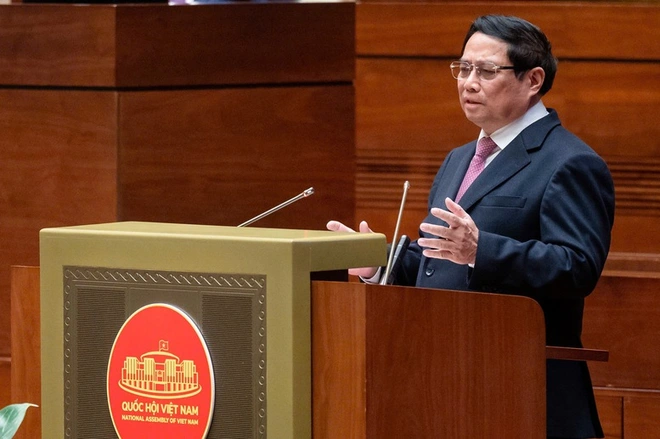
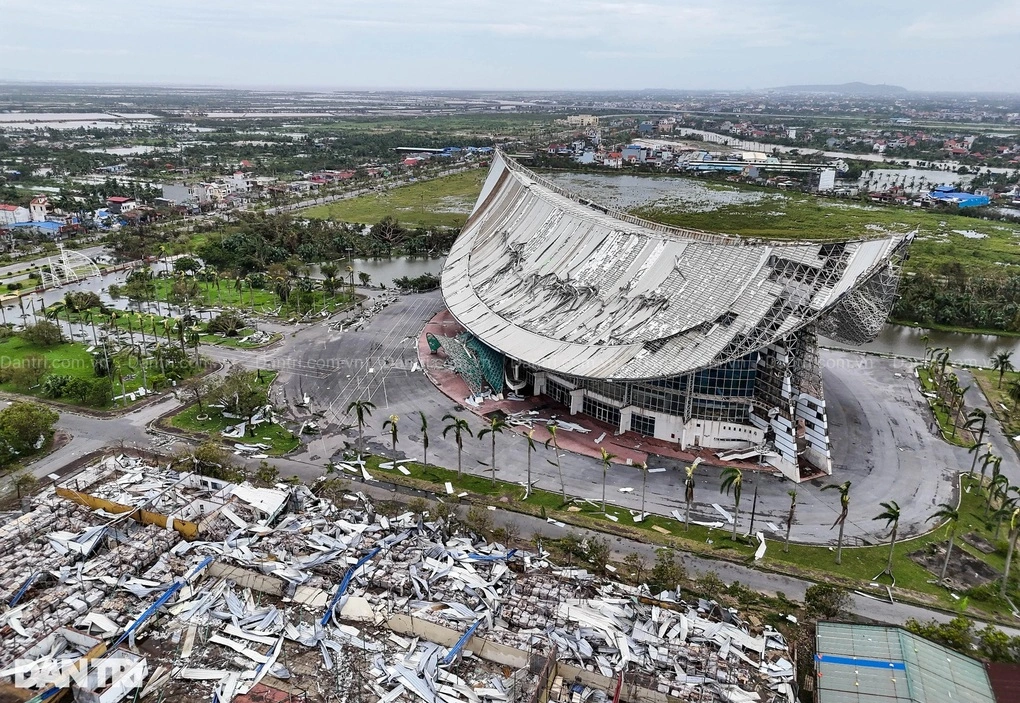

![[Photo] Prime Minister Pham Minh Chinh meets with King Philippe of Belgium](https://vstatic.vietnam.vn/vietnam/resource/IMAGE/2025/4/1/be2f9ad3b17843b9b8f8dee6f2d227e7)

![[Photo] General Secretary To Lam receives King Philippe of Belgium](https://vstatic.vietnam.vn/vietnam/resource/IMAGE/2025/4/1/e5963137a0c9428dabb93bdb34b86d7c)
![[Photo] Close-up of Vietnam's sniffer dog team searching for earthquake victims in Myanmar](https://vstatic.vietnam.vn/vietnam/resource/IMAGE/2025/4/1/d4949a0510ba40af93a15359b5450df2)
![[Photo] President Luong Cuong and King Philippe of Belgium visit Thang Long Imperial Citadel](https://vstatic.vietnam.vn/vietnam/resource/IMAGE/2025/4/1/cb080a6652f84a1291edc3d2ee50f631)




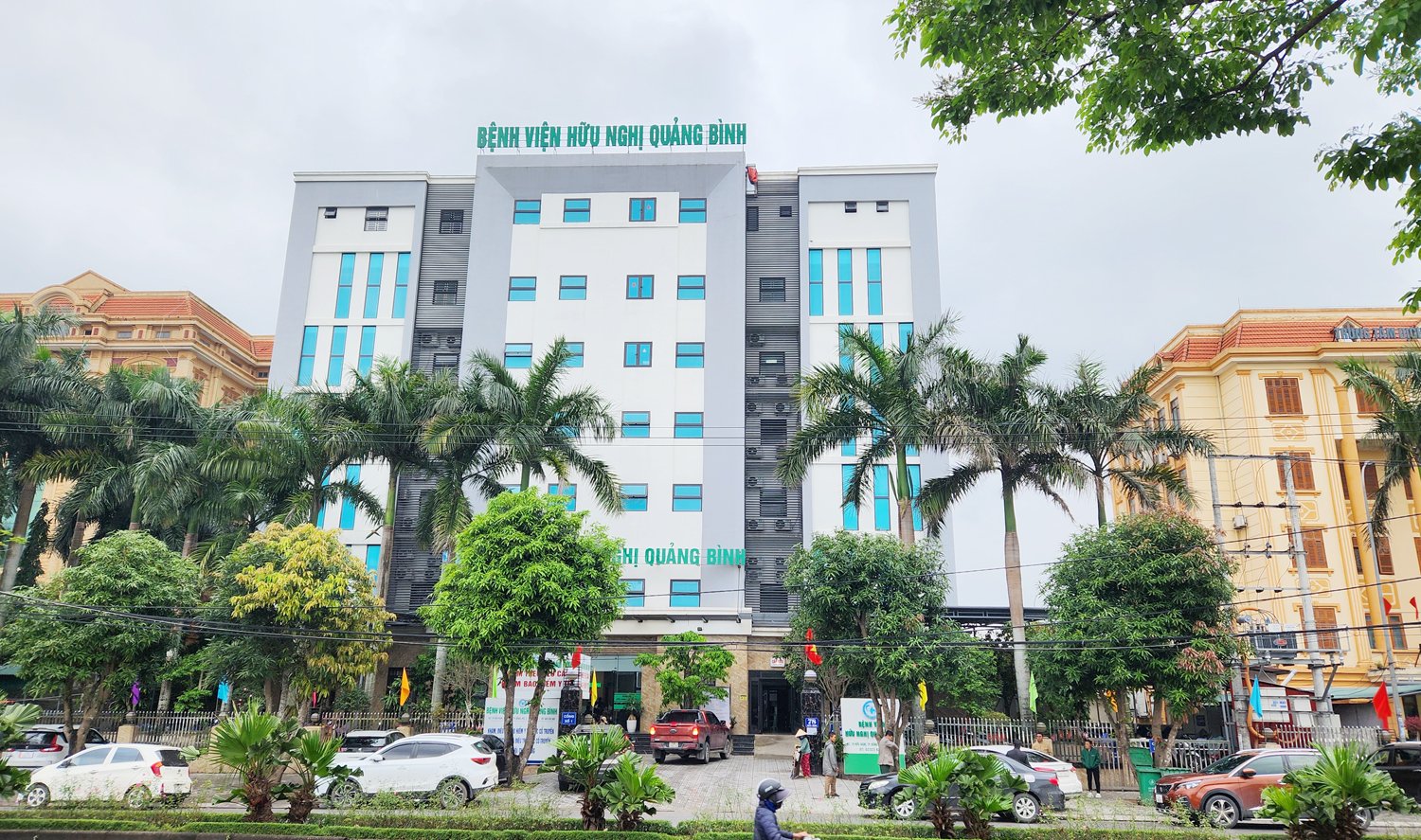

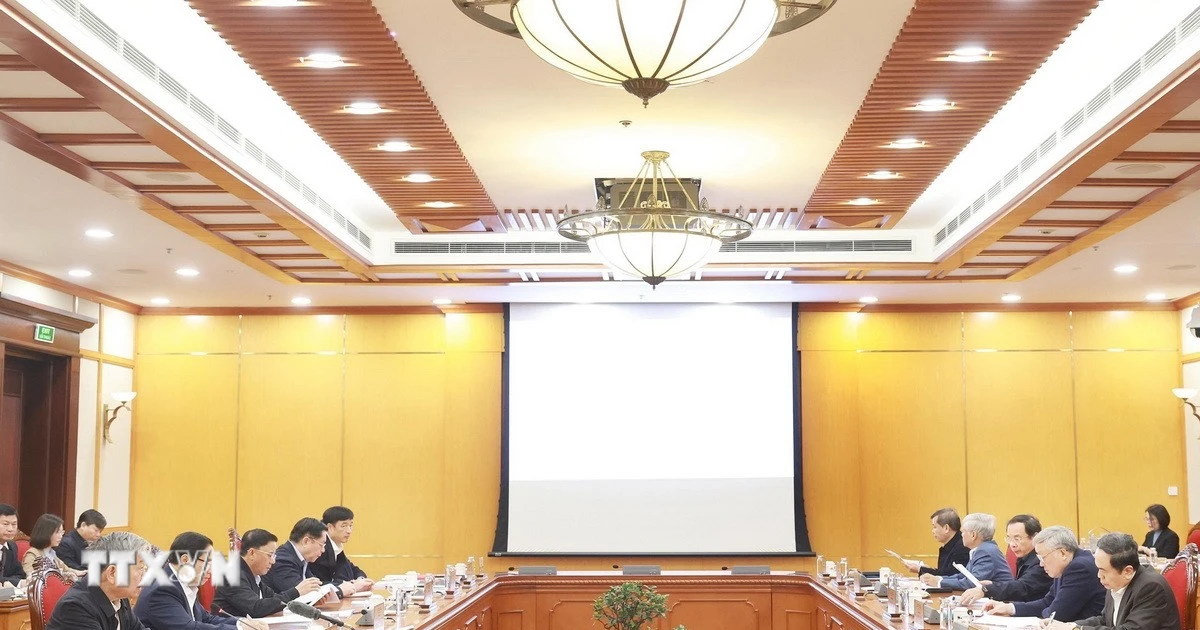






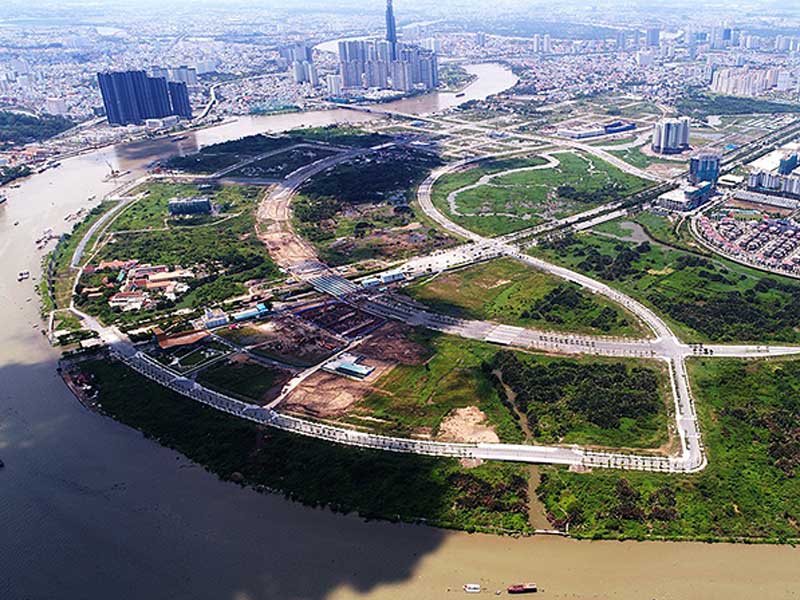











![[Photo] Myanmar's capital in disarray after the great earthquake](https://vstatic.vietnam.vn/vietnam/resource/IMAGE/2025/4/1/7719e43b61ba40f3ac17f5c3c1f03720)



























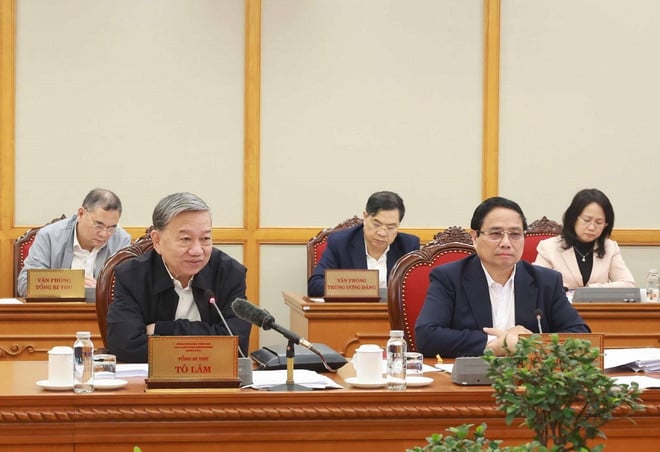
































Comment (0)